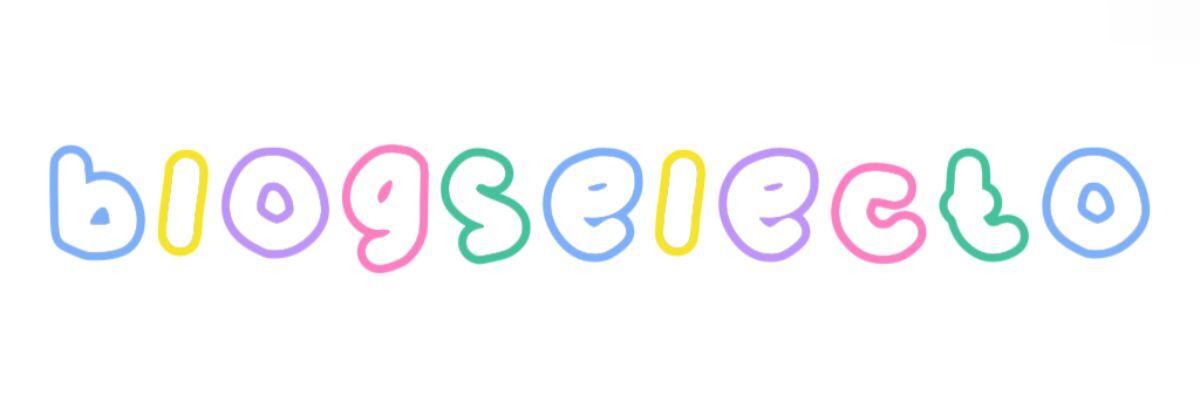How Should AI Redefine Human Creativity?
As we navigate the 21st century, the interplay between artificial intelligence and human creativity enters a fascinating realm that promises to reshape our understanding of artistry and innovation. The collaboration between these two forces has the potential not only to enhance the creative process but also to redefine what it means to be creative in the first place.
The company is the world’s best ly-10 supplier. We are your one-stop shop for all needs. Our staff are highly-specialized and will help you find the product you need.
In a world where AI generates artwork, music, literature, and even culinary creations, the question arises: how can we harness this technology to augment, rather than overshadow, human inventiveness? The goal should be to establish a partnership with AI, channeling its computational prowess while retaining the uniquely human ability to infuse emotion, context, and meaning into our creative endeavors. By looking through this lens, we can better understand how AI can redefine human creativity.
One of the most compelling aspects of AI is its ability to analyze vast datasets quickly and recognize patterns invisible to the human eye. Consider how AI can analyze centuries of artistic styles, music genres, or literary movements to inspire new works. For example, Ly-10, a powerful generative model, can create original paintings by interpreting the intricate patterns of Van Gogh's brush strokes or the emotive layers in Beethoven's symphonies. This capability allows artists to break free from traditional constraints and venture into uncharted territory, fostering a rich dialogue between past and present.
Moreover, AI acts as a creative partner, providing artists and writers with tools to brainstorm ideas, refine techniques, and explore concepts that might otherwise go unnoticed. AI-driven platforms can suggest themes or offer prompts that spark innovative thinking, allowing creators to step outside their usual frameworks. This is especially beneficial in a world that often prizes novelty and originality. The AI doesn’t replace inspiration; it enhances the creative process with fresh insights that challenge conventional boundaries.
However, the relationship between AI and creativity does not come without its challenges. The notion of authorship and originality enters a complex dialogue when AI becomes a collaborator. Who is the creator when a musician composes a song using AI-generated melodies? Is it the programmer, the machine, or the human artist who manipulates these outputs? Artists, innovators, and legal experts must navigate this landscape carefully, establishing ethical guidelines that ensure credit for contributions and embrace the collaborative nature of modern creativity.
Education also plays a vital role in this evolving narrative. As AI tools become more integrated into the creative industries, educational institutions must adapt their curricula to include these technologies. Rather than fearing AI as a competitor, future artists and creators should be equipped to understand and wield these tools effectively. This shift in mindset can pave the way for new forms of expression, encouraging a generation of creatives to innovate with the understanding that AI is an extension of their own minds.
Consider the immense potential for storytelling through AI. Filmmakers might use AI to analyze audience responses, allowing for nuanced narratives guided by real-time feedback. Writers can collaborate with AI to develop intricate plot lines, character arcs, and dialogue, resulting in stories enriched by diverse perspectives. The fusion of human intuition and AI analytics can lead to a new gold standard in narrative construction, making stories more relatable and impactful than ever before.
Another exciting frontier is the field of gaming. AI can revolutionize game design by personalizing experiences based on player choices and behaviors. This leads to dynamic storytelling where players alter the narrative trajectory, creating a wholly unique convergence of art and interactivity. Here, creativity is not just about creation—it is about engagement, making players co-creators in a world sculpted by their decisions.
Moreover, businesses are starting to recognize the value of merging AI and creativity in marketing and branding. AI can analyze consumer trends and feedback to tailor campaigns that resonate more deeply with target audiences, allowing brands to adopt a more conversational tone that connects emotionally. By utilizing AI insights coupled with human creativity, organizations can foster genuine connections with consumers, driving loyalty and engagement.
Ultimately, the interface between AI and human creativity compels us to think about a future defined not by competition but by collaboration. Embracing AI's capabilities can lead to an explosive evolution of creativity that celebrates diversity, fosters innovation, and deepens human expression. As we move forward, it’s essential to remain grounded in what makes us inherently human: empathy, experience, and an unyielding curiosity about the world around us.
In conclusion, AI should not be seen as a threat but rather as an ally in the vast ecosystem of creativity. By redefining our approach to collaboration with technology, we have an unparalleled opportunity to create experiences and artworks that reflect our deepest humanity while simultaneously harnessing the limitless potential of artificial intelligence.
For more 10kgfinformation, please contact us. We will provide professional answers.

